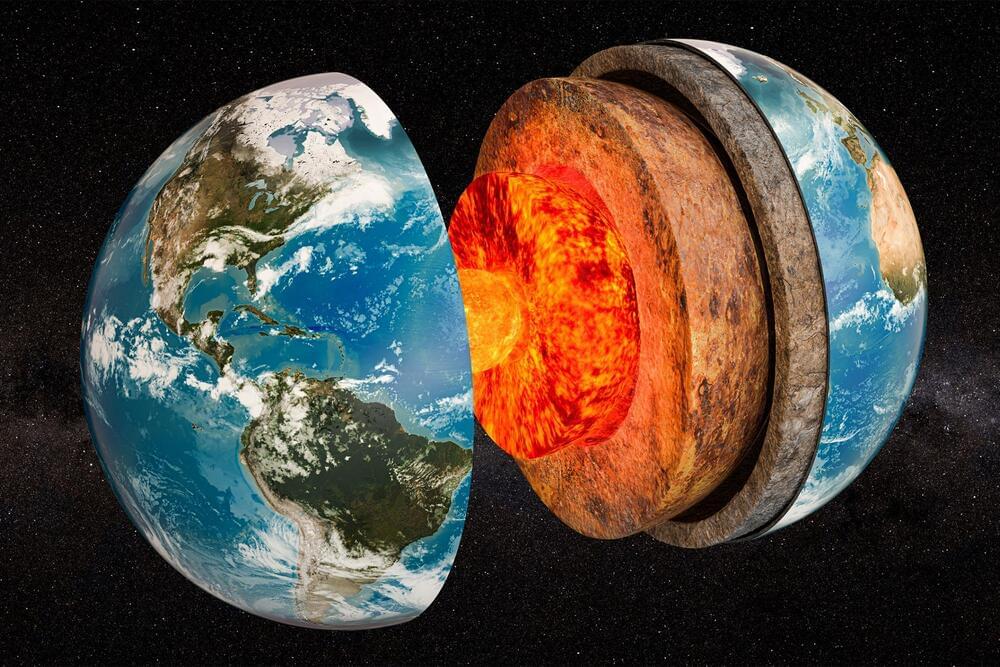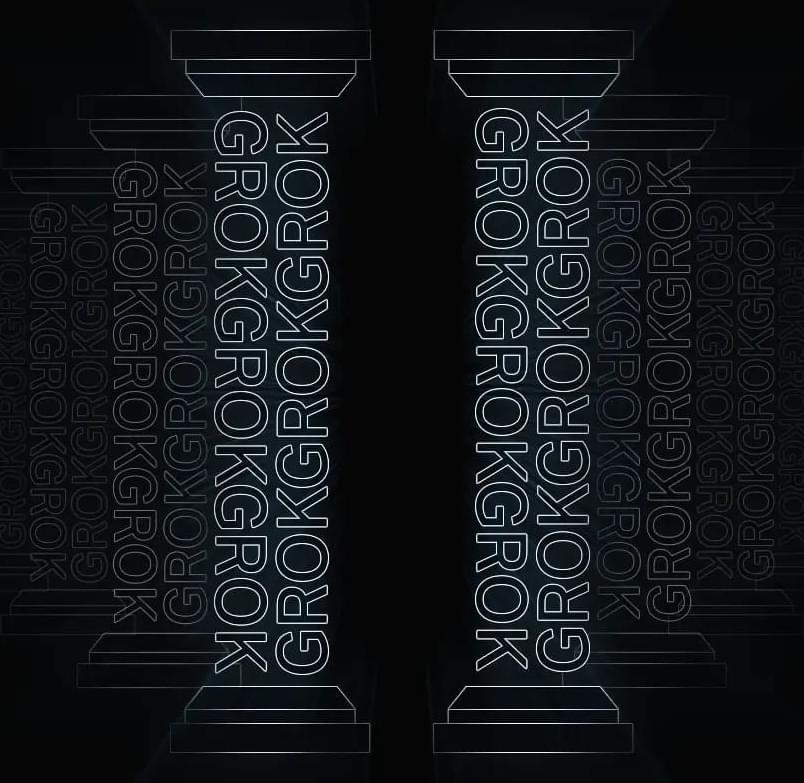Scientists have successfully recovered the first long section of rocks originating from the Earth’s mantle, the layer beneath the crust and the planet’s largest component. These rocks are expected to shed light on the mantle’s role in the origins of life on Earth, the volcanic activity that occurs when it melts, and its influence on the global cycles of crucial elements like carbon and hydrogen, according to the research team.
The nearly continuous 1,268 meters (4160 feet) of mantle rock was recovered from a “tectonic window,” a section of the seabed where rocks from the mantle were exposed along the Mid-Atlantic Ridge, during Expedition 399 “Building Blocks of Life, Atlantis Massif” of the ocean drilling vessel JOIDES Resolution in Spring 2023.
With attempts dating back to the early 1960s, the recovery was a record-breaking achievement led by the International Ocean Discovery Program, an international marine research consortium of more than 20 countries that retrieves cores—cylindrical samples of sediment and rock—from the ocean floor to study Earth’s history.







